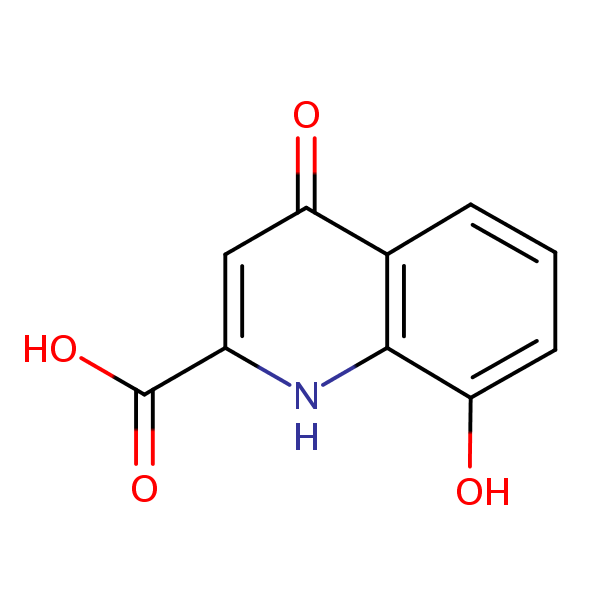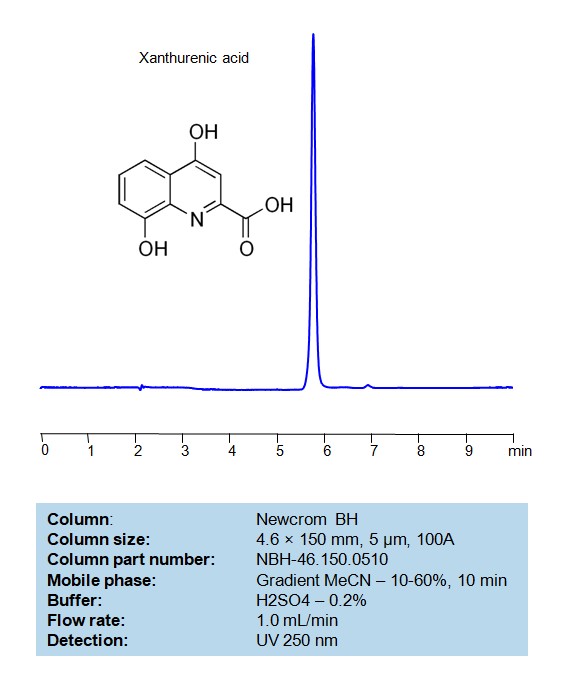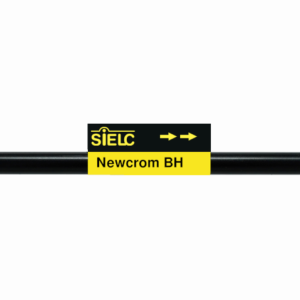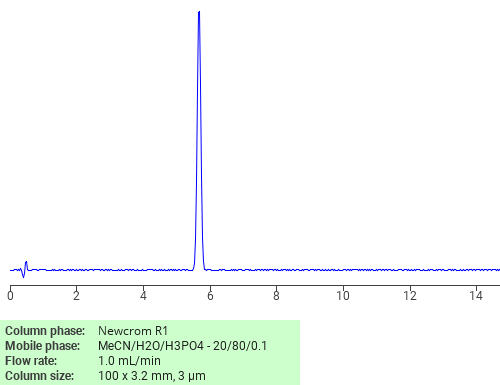| CAS Number | 59-00-7 |
|---|---|
| Molecular Formula | C10H7NO4 |
| Molecular Weight | 205.170 |
| InChI Key | FBZONXHGGPHHIY-UHFFFAOYSA-N |
| LogP | 0.932 |
| Synonyms |
|
Applications:
HPLC Method for Analysis of Xanthurenic acid on Newcrom BH Column
October 3, 2023
HPLC Method for Analysis of Xanthurenic acid on Newcrom BH Column by SIELC Technologies
Separation type: Liquid Chromatography Mixed-mode
Xanthurenic acid is a compound associated with tryptophan metabolism and is known to be excreted in the urine. It is a non-essential, non-proteinogenic amino acid derivative and is considered to be a metabolite of tryptophan. Here are some key points about xanthurenic acid:
Structure:
Xanthurenic acid is characterized by the presence of two hydroxy groups and a carboxylic acid group. Structurally, it is composed of a bicyclic ring system that incorporates a benzene ring and a pyridine ring (with a nitrogen atom). The benzene ring is substituted with two hydroxy groups at positions 4 and 8, and the pyridine ring carries a carboxylic acid functionality.
Physiological Role and Metabolism:
- Pathway: Xanthurenic acid is part of the kynurenine pathway, which is the major catabolic route for tryptophan.
- Enzyme Involvement: It is formed from 3-hydroxykynurenine by the action of the enzyme kynurenine 3-monooxygenase and can further be converted to 2-amino-3-carboxymuconate semialdehyde by xanthurenate 8-monooxygenase.
- B6 Dependency: Synthesis of xanthurenic acid is dependent on vitamin B6 (pyridoxal phosphate), as it is a cofactor for enzymes in the tryptophan degradation pathway.
Xanthurenic acid can be retained and analyzed on a mixed-mode Newcrom BH column with a mobile phase consisting of water, Acetonitrile (MeCN), and sulfuric acid. This analytical method can detect compounds with high resolution and peak symmetry using UV detection at 200 nm
High Performance Liquid Chromatography (HPLC) Method for Analyses of Xanthurenic acid
Condition
| Column | Newcrom BH, 4.6 x 150 mm, 5 µm, 100 A, dual ended |
| Mobile Phase | Gradient MeCN – 10-60%, 10 min |
| Buffer | H2SO4 – 0.2% |
| Flow Rate | 1.0 ml/min |
| Peak Retention Time | 5.58 min |
| Detection | 250 nm |
Description
| Class of Compounds | Acid |
| Analyzing Compounds | Xanthurenic acid |
Application Column
Newcrom BH
Column Diameter: 4.6 mm
Column Length: 150 mm
Particle Size: 5 µm
Pore Size: 100 A
Column options: dual ended

Separation of Xanthurenic acid on Newcrom R1 HPLC column
May 17, 2018
Xanthurenic acid can be analyzed by this reverse phase (RP) HPLC method with simple conditions. The mobile phase contains an acetonitrile (MeCN), water, and phosphoric acid. For Mass-Spec (MS) compatible applications the phosphoric acid needs to be replaced with formic acid. Smaller 3 µm particles columns available for fast UPLC applications. This liquid chromatography method is scalable and can be used for isolation impurities in preparative separation. It also suitable for pharmacokinetics.
Application Column
Newcrom R1
The Newcrom columns are a family of reverse-phase-based columns. Newcrom A, AH, B, and BH are all mixed-mode columns with either positive or negative ion-pairing groups attached to either short (25 Å) or long (100 Å) ligand chains. Newcrom R1 is a special reverse-phase column with low silanol activity.
Select options




